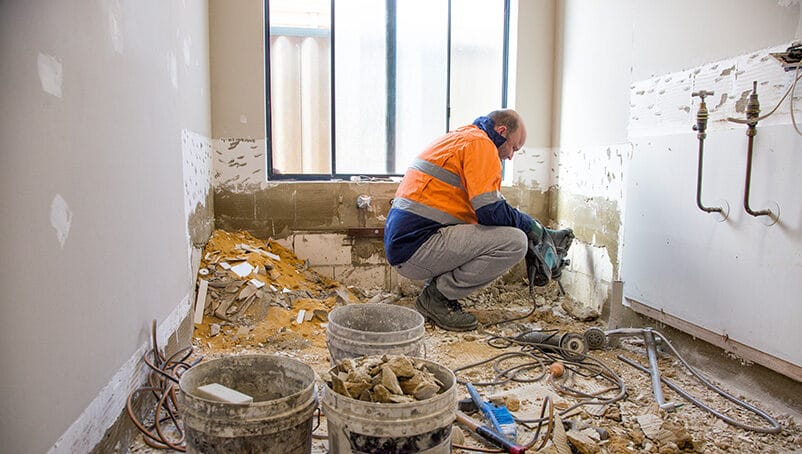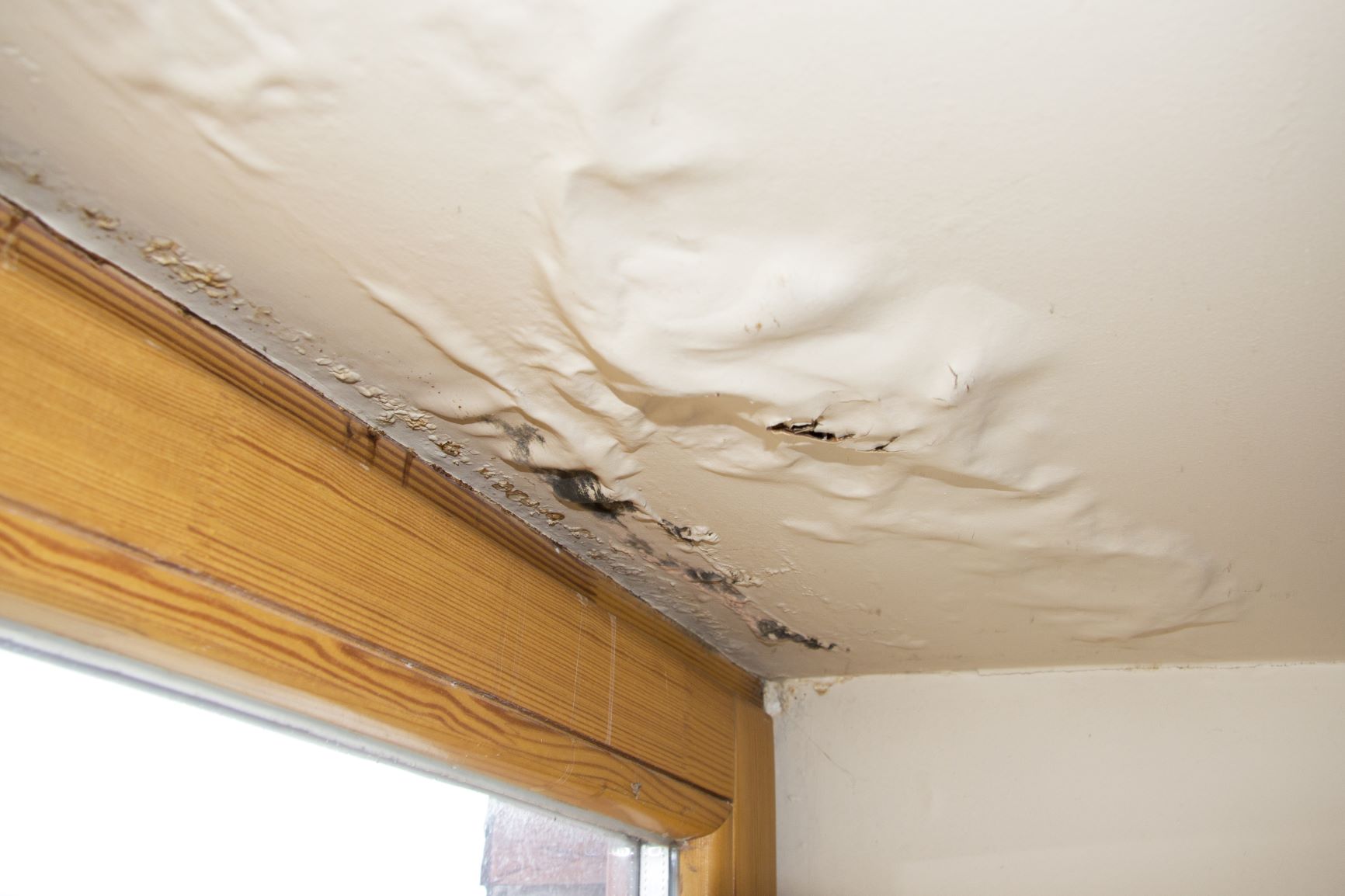Top Water Mitigation Company for Fast Response and Quality Service
Wiki Article
The Process of Water Damages Cleaning: Ensuring Your Home Is Brought Back Successfully
Water damage can be a daunting difficulty for home owners, requiring a organized and meticulous cleaning process to restore safety and performance. damage restoration services. Following this, effective water removal strategies play an essential role in mitigating more damage.Evaluating the Damage
Upon finding water damage, the first step is to extensively assess the degree of the impact. This first evaluation is crucial, as it aids establish the necessary actions for effective clean-up and repair. Begin by inspecting the affected areas, including wall surfaces, ceilings, floors, and personal valuables, to determine the source of the water invasion, whether from flooding, leaks, or condensation.Recording the damages is crucial for both insurance policy claims and intending reconstruction initiatives - damage restoration services. Usage photographs and created notes to catch the extent of the damages, noting any kind of affected architectural components and materials. Pay special focus to areas that may not be immediately noticeable, such as behind wall surfaces and under rugs, as concealed dampness can result in further difficulties, consisting of mold growth
Additionally, assess the timeline of the water exposure. The longer the materials continue to be damp, the higher the capacity for damages. Comprehending the period of direct exposure will notify the urgency of removal initiatives. Ultimately, a comprehensive analysis lays the groundwork for a successful water damages cleaning procedure, making sure that all affected locations are addressed efficiently and extensively.
Water Extraction Methods

Experts usually use completely submersible pumps for bigger quantities of water, which can quickly relieve flooding in cellars or various other influenced locations. For smaller sized amounts, wet/dry vacuums are commonly utilized to remove recurring dampness from rugs and difficult surfaces. Additionally, using portable extractors permits for targeted elimination in restricted spaces or areas with delicate materials.
In instances of contaminated water, such as sewage or floodwater, advanced extraction methods may include the usage of biohazard devices to make certain safety and security and compliance with health and wellness regulations. High-powered extraction tools are critical in minimizing water retention in architectural materials, which can bring about mold and mildew development and architectural damage otherwise attended to immediately.
Inevitably, the performance of water removal strategies plays an essential duty in the general success of the water damage cleanup process, preparing for subsequent restoration initiatives.
Drying and Dehumidification
Once standing water has actually been properly drawn out, the following crucial phase in the water damage clean-up process is drying out and dehumidification. This step is important to prevent more damage and mold and mildew development, which can take place within 24 to 2 days in moist settings.To attain reliable drying out, specialized devices such as industrial-grade air moving companies and dehumidifiers is employed. Air moving companies circulate air across damp surface areas, improving dissipation prices, while dehumidifiers lower humidity levels airborne, promoting a helpful environment for drying. The combination of these tools ensures that wetness is attracted out from floorings, walls, and home water damage repair services furnishings, permitting them to dry completely.
It is very important to keep an eye on the drying procedure closely. Specialists often use wetness meters to evaluate the dampness material in various products, making sure that all impacted locations reach appropriate dryness levels. This meticulous method helps to stop covert dampness pockets that might result in architectural damage or unhealthy mold growth.

Cleaning and Sanitizing
After the drying and dehumidification phase is full, the next crucial action in water damage clean-up is cleaning up and disinfecting the impacted areas. This process is crucial to avoid the growth of mold and mildew, microorganisms, and various other pathogens that grow in wet environments.The cleaning stage commonly involves removing any kind of debris, dust, and impurities from surfaces utilizing specialized cleaning up representatives. For tough surface areas, a combination of soap and water or industrial cleansing products is usually used. Soft products, such as furniture and carpets, might need more extensive cleansing techniques, including heavy steam cleansing or deep removal techniques, to make certain detailed hygiene.

Disinfecting follows cleaning, utilizing EPA-approved anti-bacterials to get rid of unsafe microbes. This action is vital, particularly in locations that may have entered into call with floodwaters or sewer, as these sources can pose severe health threats.
In addition, it is very important to address any kind of staying smells, which might require using odor neutralizers or sophisticated methods like ozone therapy. Appropriate cleansing and sanitizing not just restore the safety and hygiene of your home but also lay the foundation for effective restoration and repairs in subsequent stages of the water damage cleaning procedure.
Reconstruction and Fixings

Once the analysis is complete, restoration initiatives can begin. This generally includes fixing or changing broken materials, making certain that all work follows regional structure codes and criteria. As an example, if drywall has been jeopardized, it will need to be eliminated and changed with new material. In addition, floor covering may call for similar interest, depending on the degree of water exposure.
It is essential to involve seasoned reconstruction specialists throughout this process, as they have the proficiency to handle complex repair services effectively. They can aid minimize possible future problems, such as mold development or structural instability, thus guaranteeing a risk-free and habitable living atmosphere. Ultimately, efficient reconstruction and repairs recover the home's honesty and improve its general value.
Conclusion
To conclude, the process of water damage cleaning is important for bring back a home to its pre-damage problem. Each phase, from evaluating the damages to executing reliable water extraction methods, adhered to by complete drying, sterilizing, and needed repair services, plays a crucial function in ensuring security and conformity with structure standards. Efficient implementation of these steps not only reduces immediate damages but additionally improves the long-lasting honesty and worth of the residential or commercial property.Water damage can be a challenging obstacle for home owners, requiring a structured and thorough cleaning process to recover security and capability. Eventually, an extensive evaluation lays the foundation for a successful water damages clean-up process, ensuring that all impacted locations are addressed properly and completely.
Effective water removal techniques are essential in reducing damage and preventing further complications complying with a water intrusion event.In conclusion, the procedure of water damages cleanup is important for bring back a home to its pre-damage condition. Each stage, from evaluating the damage to carrying out effective water extraction strategies, followed by complete drying out, sanitizing, and necessary repairs, plays a necessary role in making certain safety and compliance with building requirements.
Report this wiki page